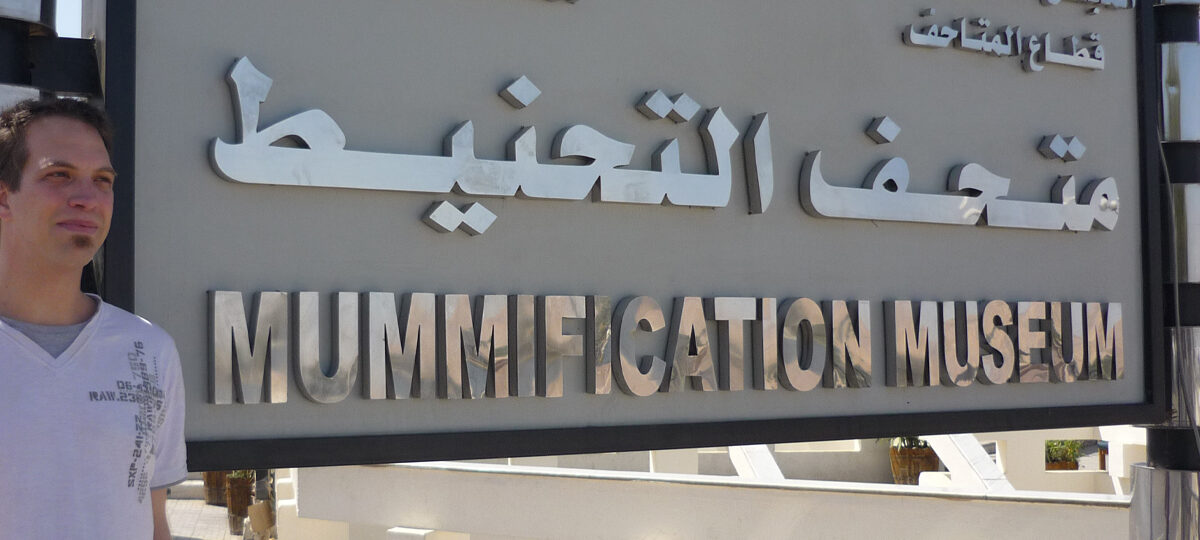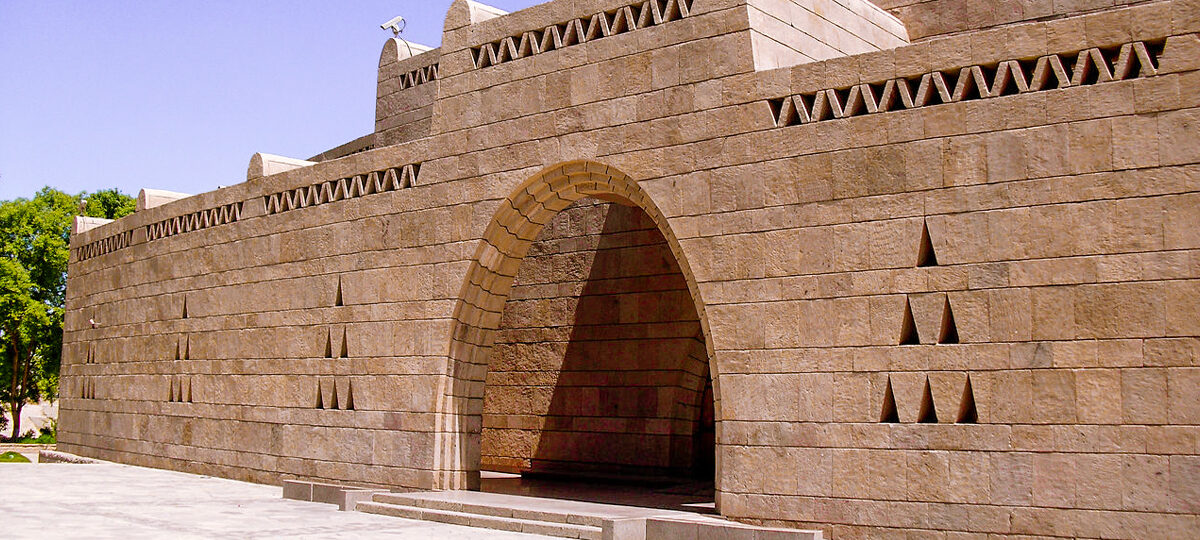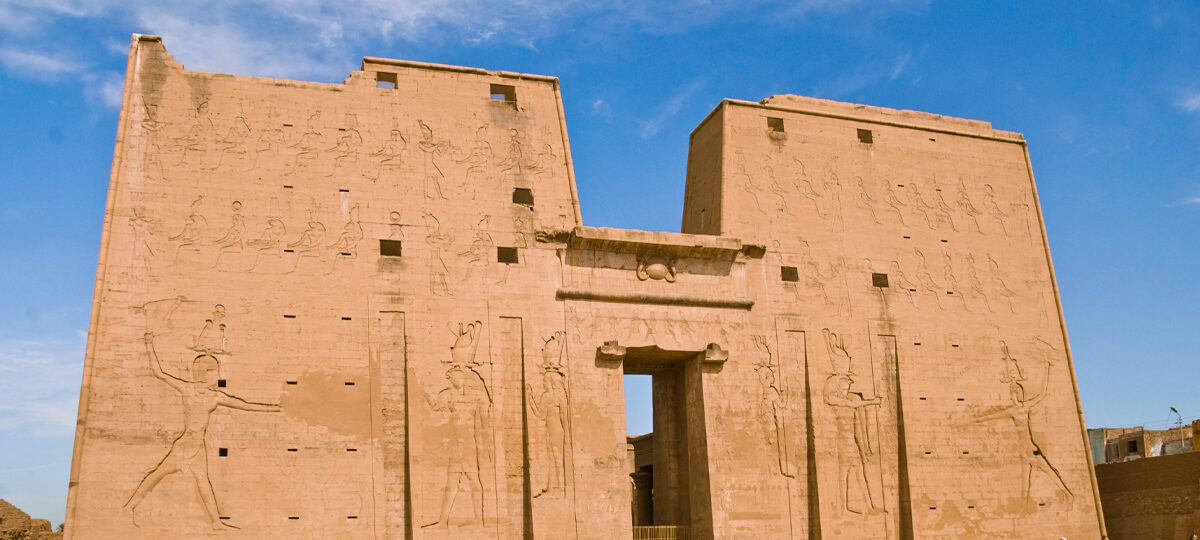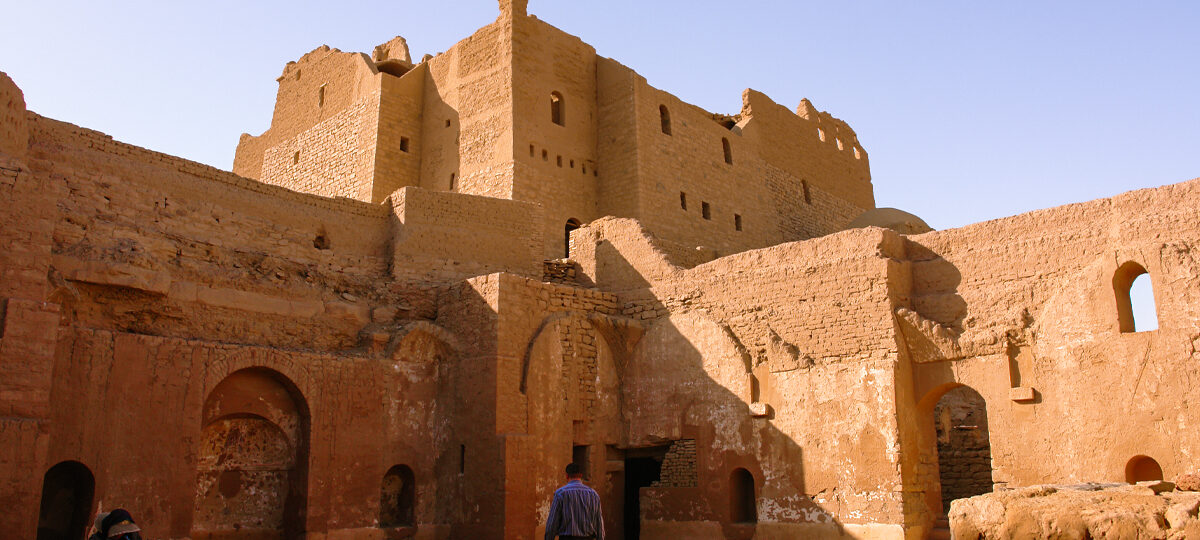Mummification Museum Luxor
One of the most interesting things about Egypt is how many good museums and monuments, like the Mummification Museum, are devoted to the country’s long history. Because of this, they deserve the business of tens of thousands of tourists and locals every month The Mummification Museum is an interesting and unusual place to visit near the beautiful Nile River, in the city of





